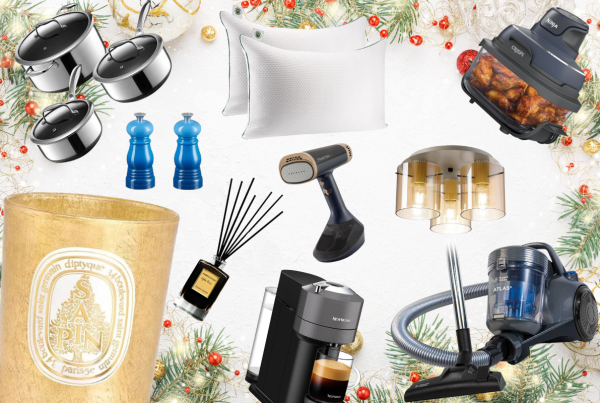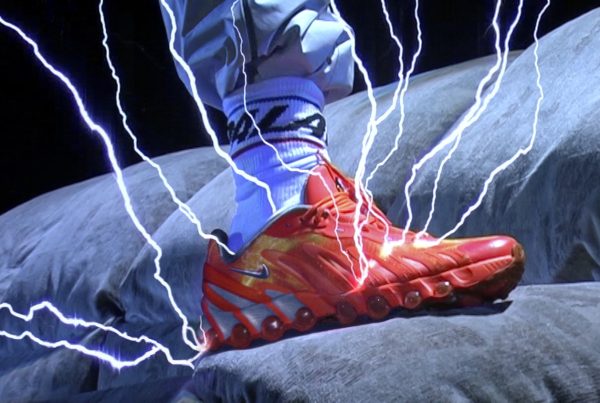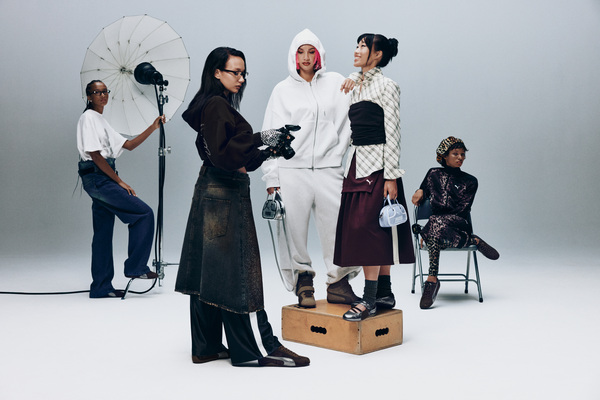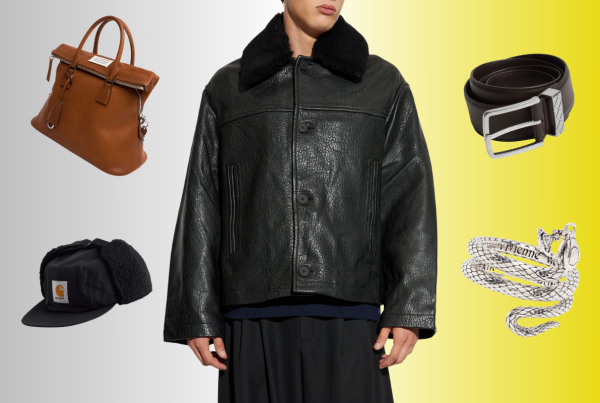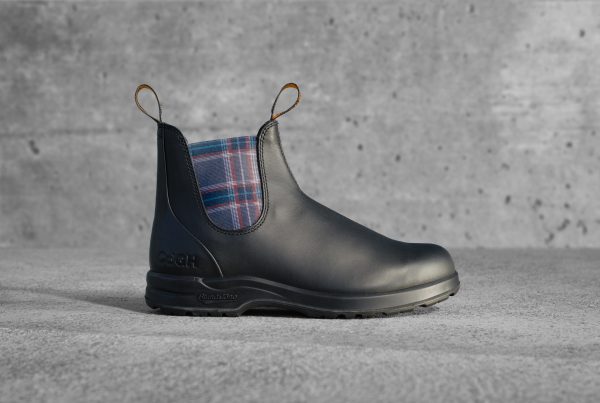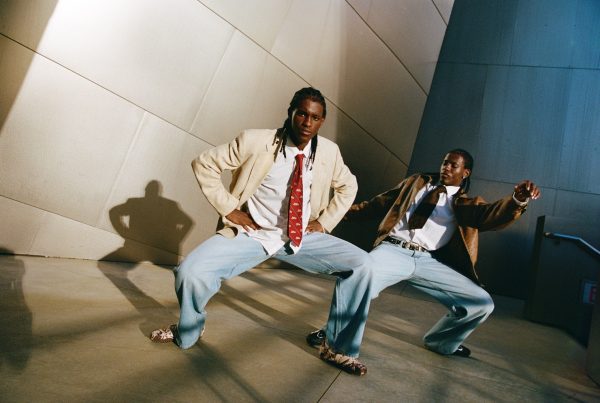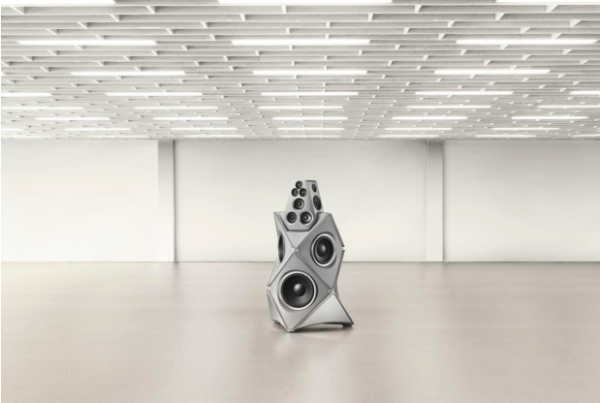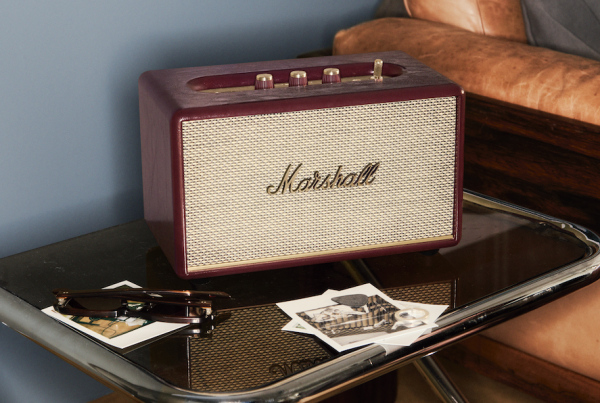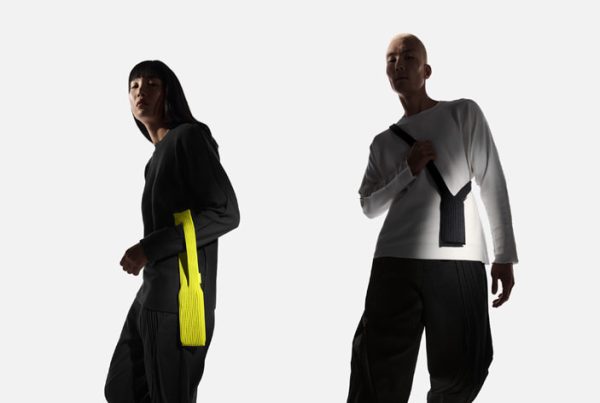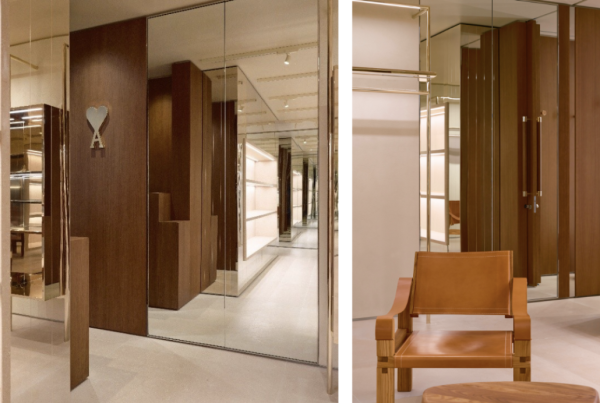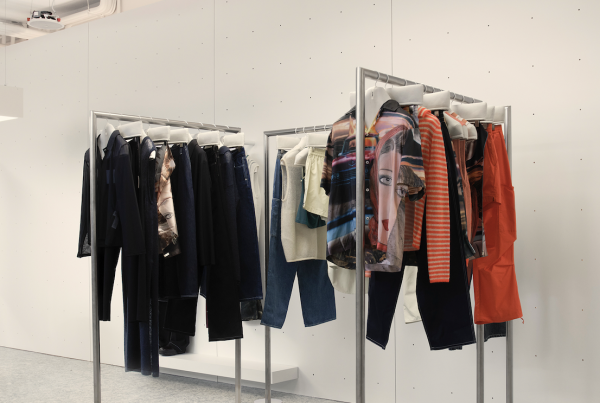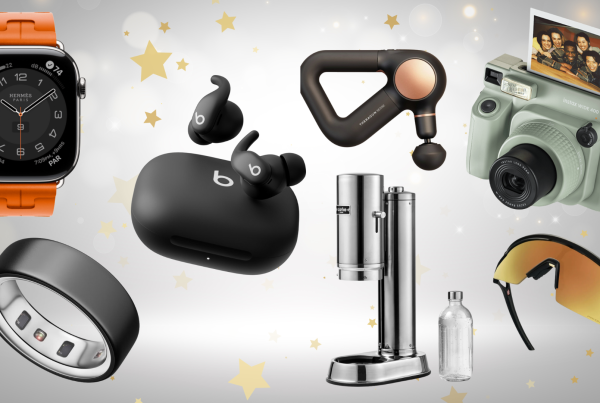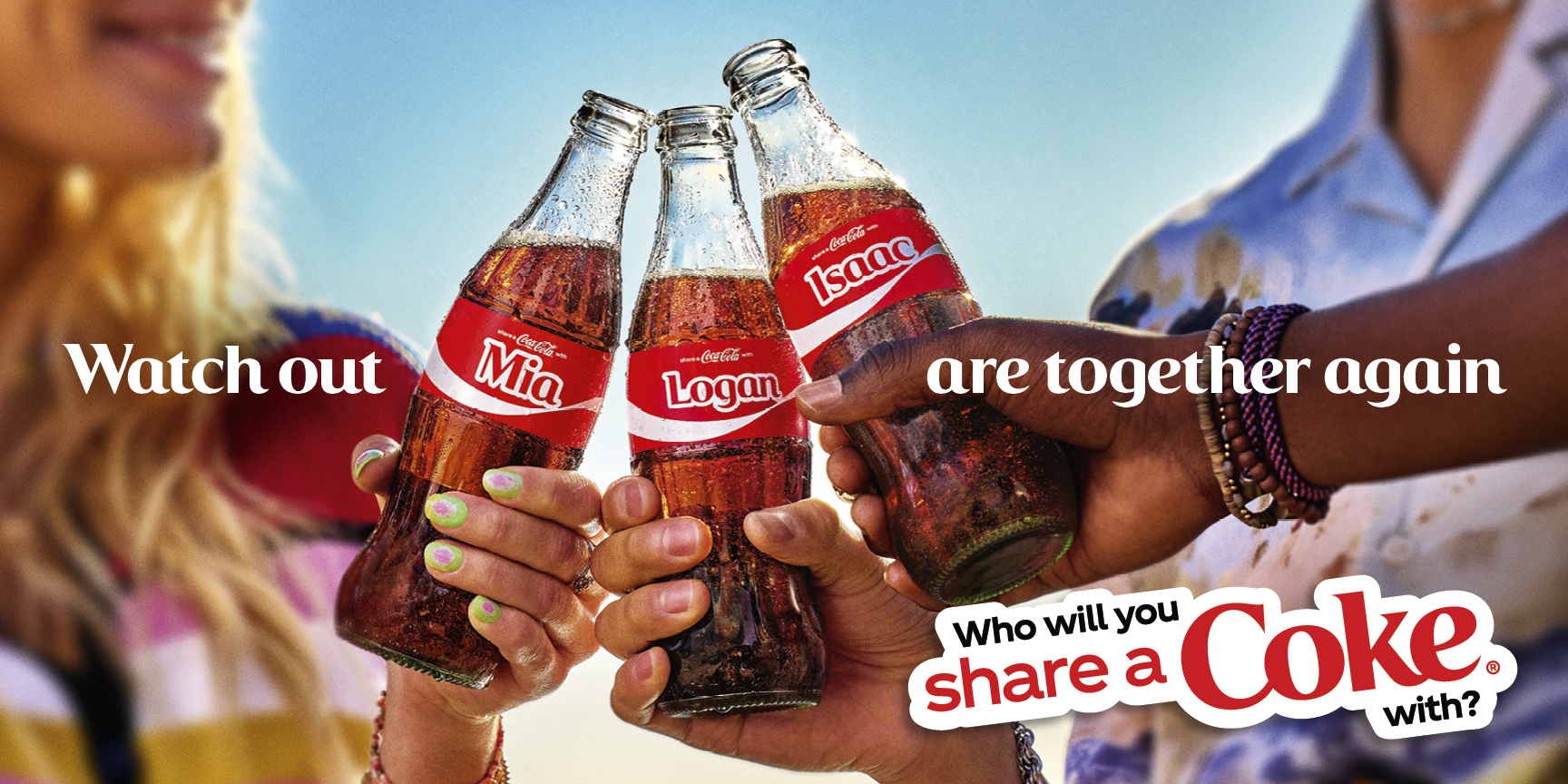 Have you ever heard someone mention that they’re getting themselves an “Invisalign” and have no idea what it actually means? Don’t worry, you’re not alone. Some might think that the clear plastic coverings on other people’s teeth mean that they have braces on. And although they might be related to braces, most of the time they are of a different function.
Have you ever heard someone mention that they’re getting themselves an “Invisalign” and have no idea what it actually means? Don’t worry, you’re not alone. Some might think that the clear plastic coverings on other people’s teeth mean that they have braces on. And although they might be related to braces, most of the time they are of a different function.
Invisalign has become one of the most popular teeth-straightening systems in Australia, especially for adults who are not really fond of having visible metals on their teeth. And even in the subtlety, they are effective and even fit various lifestyles—whether you’re a foodie or active in any extreme athletic sport.
Sounds good, right? If you’ve been thinking about straightening your teeth, let’s break down what Adawn Invisalign treatment is so you’ll know exactly what you’re in for if you ever finally decide to try it out.
What Is Invisalign, Really?
Invisalign is a modern orthodontic system that uses clear and removable plastic aligners that straighten your teeth as you use them over time. They are the best option when you don’t feel like putting metal wires and brackets on your teeth and are clearly the choice if you just want to subtly boost your confidence, as they are nearly invisible when worn.
And that’s not all, because these plastic aligners have been engineered to give you controlled and gentle tooth movement that braces can’t do, plus they’re smooth and comfortable, so you need not worry about any canker sores that might form because of gum and brace friction.
If you have developed crowded teeth, gaps, or maybe overbites, regardless of your age, Invisalign is something that might interest you to have the teeth you’ve dreamed of.
The Invisalign Treatment Process Step-by-Step
Consultation with a dentist or orthodontist. Of course, everything starts with a consultation. If you already have a trusted dentist, that’s more than half of your worries out the window. A specialist orthodontist will do as well so that they can check if Invisalign will work for your case. Digital scanning of your teeth may be done here as well to assess your teeth in general.
Your custom treatment plan. Unlike the traditional moulding of your teeth to see the preview of your mouth, dentists nowadays create a 3D model of your mouth through digital scanning. In this stage you will also find out the treatment schedules you will be needing to attend, the set of aligners you will be needing, as well as if there are additional procedures that you will be needing along the way.
Aligner production and delivery. Contrary to what we know, your aligners will arrive in sets, and one is slightly different from the last time to anticipate the movement of your teeth. At times, your dentist may give you a few sets at once so that you can switch them out at home.
Wearing the aligners and the daily grind. The downside of having invisible aligners is that you need to wear them all the time, only taking them out to eat, drink, and brush your teeth. And even if you might have to cut down on your coffee to keep it from staining, the sacrifice will be all worth it!
Regular check-ins (but not too often). Unlike the braces that we know of, check-ups are lessened with Invisalign, as your dentists will just have to give you the next sets of plastic aligners you need to wear on. Your dentist monitors your progress every month and a half to two months. The great thing about this is that visits are usually quick, and guidance is easier where you need not leave home with virtual check-ins.
Some extra steps during Invisalign treatment
Your dentist might mention some things they need to include in your Invisalign treatment. The first ones are attachments, where small, tooth-coloured bumps are bonded to specific teeth to help in the grip of your aligners and move your teeth more efficiently and effectively.
Another thing is the IPR, or the interproximal reduction, where a filing is inserted between a few of your teeth to create space for them, especially if they are crowded.
Retainers: Keeping the Smile You’ve Worked For
And once you are done with your aligners and have done what the dentist expects them to do to your teeth, you will have to wear retainers next. These are also wearable like your aligners, worn at night to stop your teeth from shifting back to their normal position.
Curious about Invisalign?
Some people might have common questions about these invisible aligners. Some of the most common are if people will be able to notice them, if the procedures hurt just like braces, and if you can shift to Invisalign during or even after you’ve had braces. Some answers are common, like most people won’t notice your aligners unless they stare close enough at your teeth, having the feeling of tightness when switching to a new set of aligners because of the adjustments, and the like. For answers best interpreted, you can consult with your dentist on the best plan for your teeth.
Is It Worth the Cost?
Invisalign offers a low-maintenance way to straighten your teeth and a way to boost your confidence even if you are still in the process of aligning your teeth with these aligners. However, if you are still thinking about your budget, you can directly ask your dentist about their payment plans and even rebates for continuing this dental procedure.
Final Thoughts: Is Invisalign Right for You?
Unlike other dental procedures and ways to straighten your teeth, Invisalign is actually the most flexible, affordable, and modern option for all of us. The biggest concern for people who have had braces in the past is how visible they are and how they also affect the person’s way of speaking, eating, and doing the things they commonly do, including having an active lifestyle.
Invisalign understands that concern and works quietly in the background without planning to interrupt any of your day, your personality, or your lifestyle.

